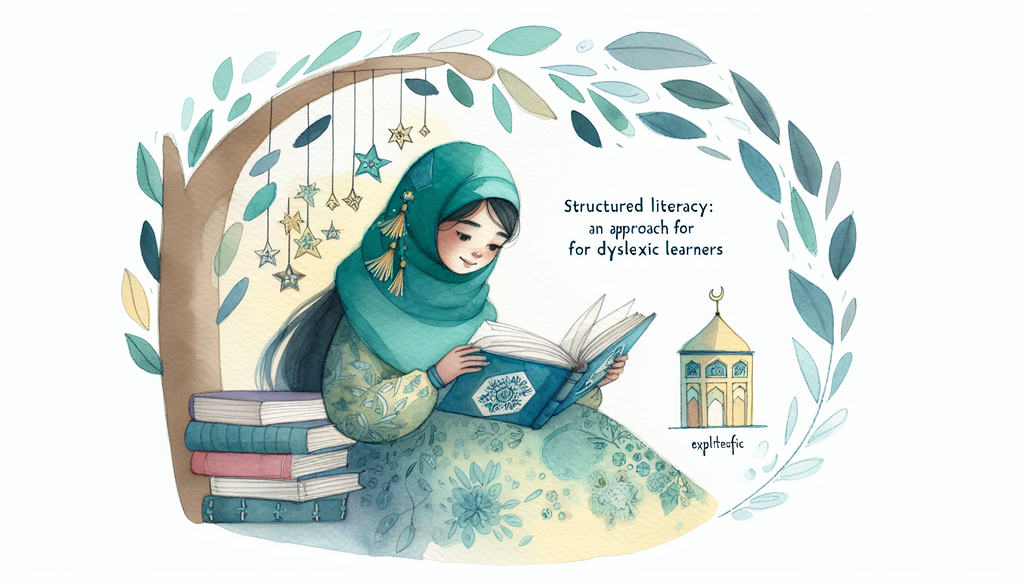Structured Literacy: An Approach for Dyslexic Learners

Dyslexia, a reading difficulty that affects an estimated 5-10% of individuals globally, significantly impacts a child’s ability to learn. However, with appropriate instruction and intervention, children with dyslexia can learn to read and write effectively. One educational approach proven to have success with dyslexic learners is Structured Literacy. This blog post will delve into what Structured Literacy involves and how it aids students with dyslexia and other reading difficulties.
Understanding Dyslexia
Dyslexia is a language-based learning disability that affects an individual’s ability to read, write, spell, and decipher words. This challenge does not reflect the person’s intelligence, but instead, it indicates a difference in the way their brain processes written and/or spoken language.
Our previous post on Effective Intervention Strategies for Dyslexic Students provides an in-depth understanding of dyslexia and various intervention strategies that parents and educators can adopt to support these students.
Structured Literacy: An Overview
Structured Literacy is a comprehensive approach to literacy instruction based on extensive research into how students learn to read and write. It is systematic, cumulative, and explicit. This teaching approach incorporates all the components of effective reading instruction, including phonology, sound-symbol association, syllable instruction, morphology, syntax, and semantics.
How Structured Literacy Supports Dyslexic Learners
Explicit Instruction
Structured Literacy prioritizes explicit instruction, meaning the teacher clearly models or demonstrates skills and provides guided practice. Students are not left to discover the rules of the English language by themselves, which is beneficial for dyslexic learners as they often struggle with implicit learning strategies.
Systematic and Cumulative Approach
Each lesson builds on the skills taught in previous lessons in a logically sequenced manner. This type of systematic and cumulative instruction aids dyslexic students in strengthening their foundational literacy skills before moving onto more complex tasks.
Multisensory Learning
Structured Literacy often involves multisensory teaching techniques, which stimulate visual, auditory, and kinesthetic pathways simultaneously to enhance memory and learning. Our blog post on Multisensory Learning explores the benefits of engaging multiple senses during education.
Starting Early with Structured Literacy
Children with dyslexia benefit significantly when Structured Literacy approaches are implemented at the early stages of reading instruction. However, it is never too late to introduce Structured Literacy. Older students and adults with dyslexia can also make remarkable progress when taught with these techniques.
Change is often challenging, but the benefits of utilizing Structured Literacy for dyslexic learners can change their academic trajectory significantly. As a parent or teacher, understanding the basics of Structured Literacy can help in advocating for appropriate instruction.
With patience, understanding, and the right strategies in place, every child with dyslexia can learn to read, write and achieve their full potential.
To gain more insights on handling learning difficulties, our blog offers several resources, such as understanding Non-Verbal Learning Disability (NVLD) and navigating Sensory Processing Disorder in the Classroom.
Reading, after all, is not a race but a journey. And every child’s reading journey should be a rewarding and empowering one.